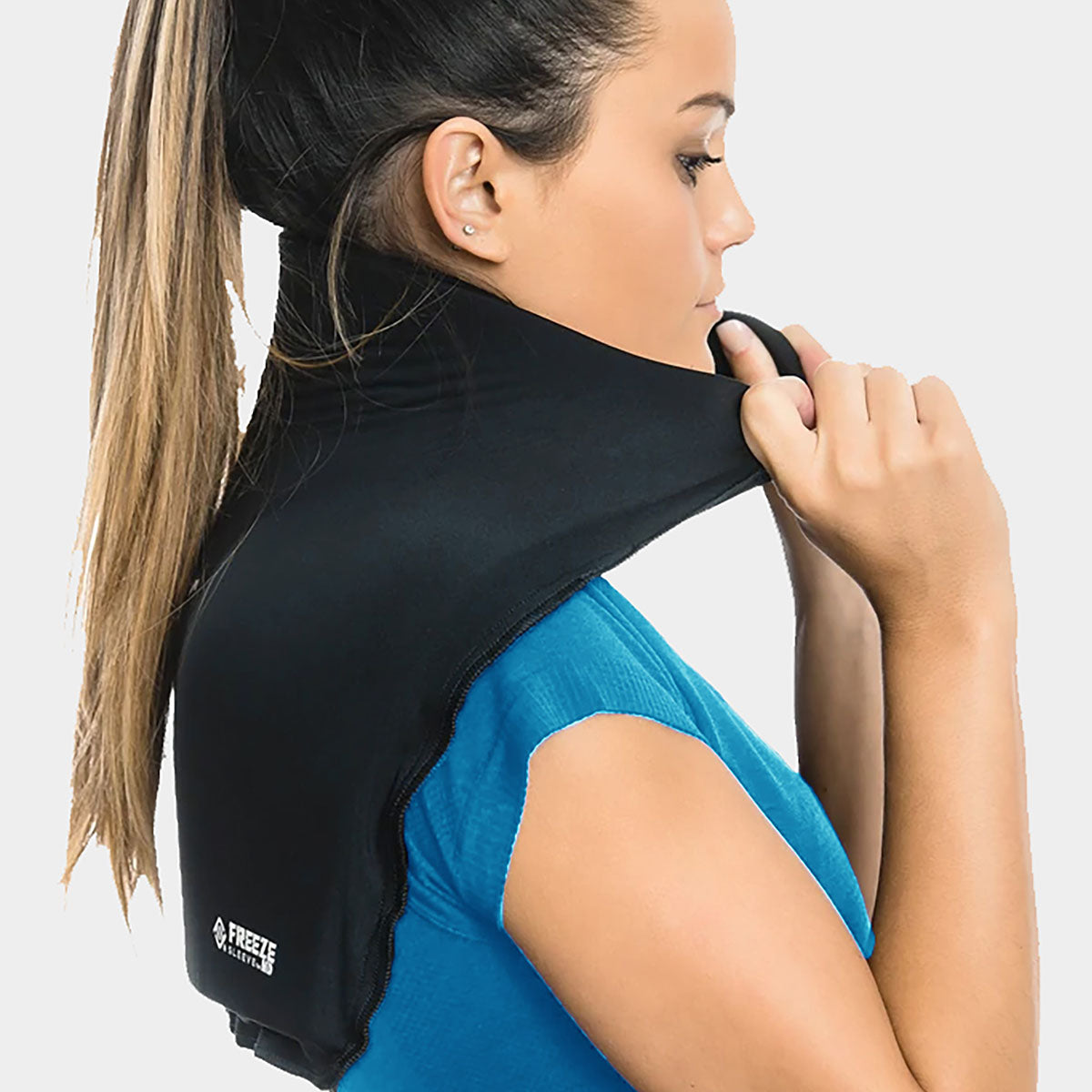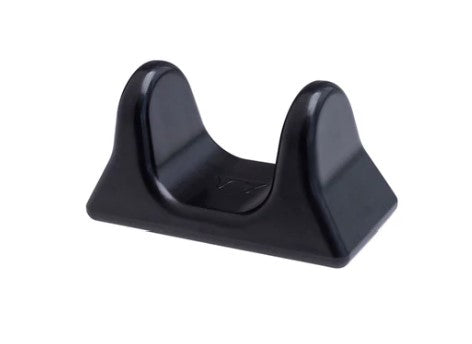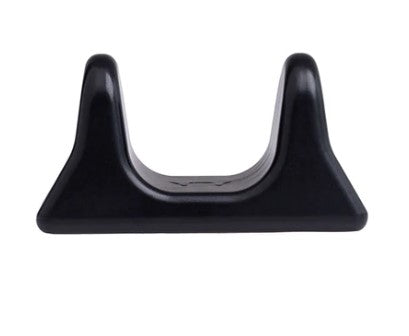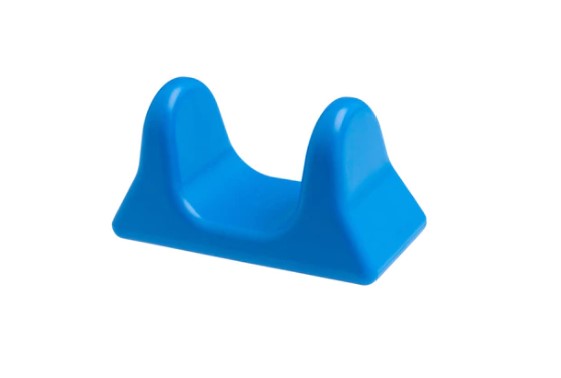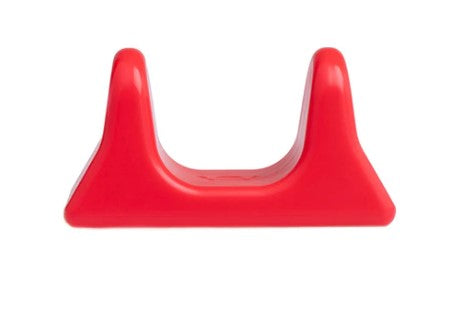Hey Landon. You had said to just ask if anyone had a question regarding aerobic development with your football players, so I am going to ask. What kinds of specialized preparatory and developmental means would be used with your guys while staying true to the aerobic development range?
Thanks!
-Leroy
Landon, I want to thank you for taking your time to answer my question regarding elastic-strength influence during a squat jump preceded by a dip and without. Myself, and many others, appreciate the thoughtful answers and insights you and the other Q&A Team Members give. It is great to have this type of resource for us up and coming physical preparation coaches (hopefully) and the rest of the population. With the crazy amount of nebulous information regarding training floating around, it is a savior to have you, the Thinker, and others to shed light on these topics.
Alright here is my question regarding non-impact plyometrics. I'm not sure in what capacity you work with injured athletes, I'm sure you are much more involved than most strength coaches, but I wanted to know if this was a viable method for minimizing deconditioning injured athletes, used appropriately of course? I see too many sidelined athletes doing too little during recovery and have lost a lot in terms of physical preparation. It seems that with knowledge and a little imagination, these would be a great alternative to impact plyometrics.
Thanks a lot!
-Dave
Dave,Your compliment is well received – thanks.
With an injured athlete, a few things that run through my head are:
- Do I (as the coach) understand the injury?
- What is the biodynamics of their sport, and how does this injury limit them?
- What phase of training are they in now?
- Within that training phase, what is the biodynamic emphasis? Looking along the general to specific spectrum.
- Within that training phase, what is the bioenergetic demands being emphasized?
You still never lose sight of their strengths and weaknesses. Their injury is just another variable you need to equate for. That is all.
The main thing is to keep attempting all systems involved as much as you can without jeopardizing the recovery process of the respective injury. So if that involves non-impact types of movement, then go ahead. Just make sure there is rationale for its prescription.
















































